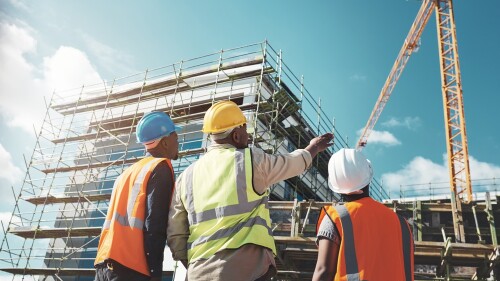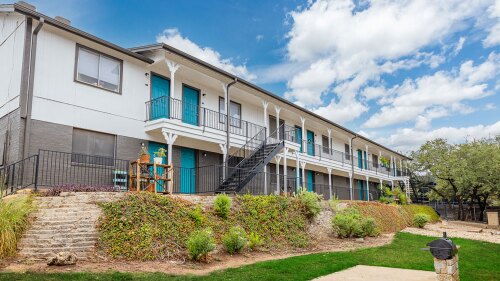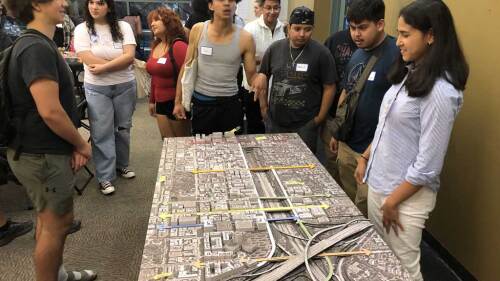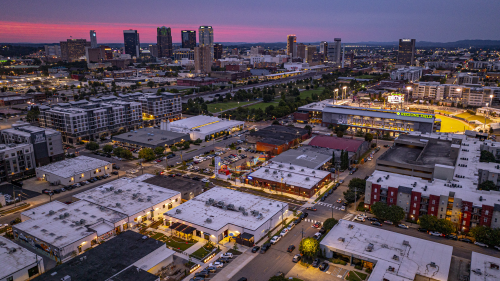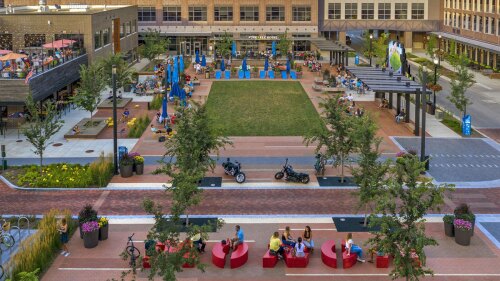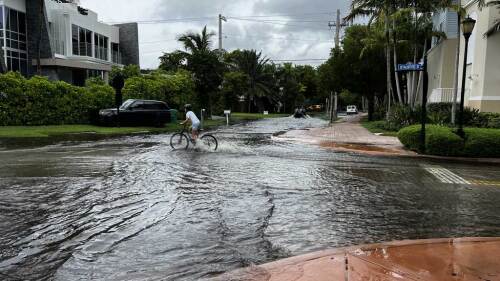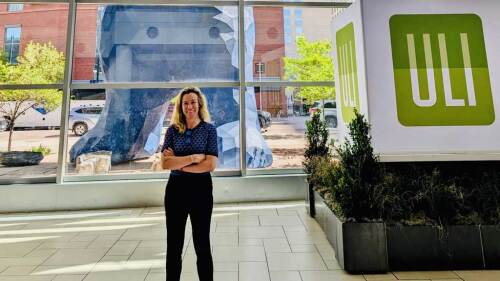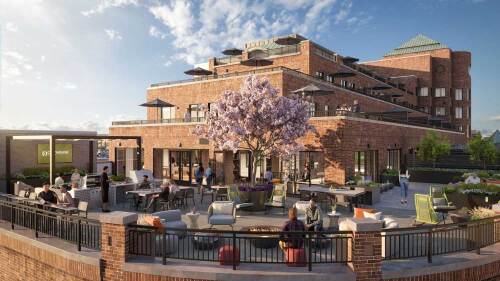Topics
Capital Markets and Finance
Despite a still tepid transaction market, commercial and multifamily mortgage loan originations increased in the second quarter—up 66 percent compared to a year ago, and up 48 percent from the first quarter of 2025, according to the Mortgage Bankers Association. But what is the outlook for access to debt and equity capital in the second half of the year? Apart from interest rates, where are the biggest pain points in the market for commercial real estate financing?
In 2015, Austin, Texas’ mayor at the time, Steve Adler, brought together business leaders, real estate professionals, and housing experts to take on the crisis in affordable rental housing and the risks it posed to the city’s workforce stability and economic sustainability. With insights and research from a ULI Technical Advisory Panel and ULI’s Terwilliger Center for Housing, the Austin Housing Conservancy fund was born, offering a revolutionary approach to preserving workforce housing. Now known as the Texas Housing Conservancy, the fund became the nation’s first to combine a nonprofit investment manager, Affordable Central Texas, with an open-end private equity fund.
A seminar organized by the ULI Singapore NEXT Committee presented attendees with the little-known concept of real estate “tokenization,” or fractional investing/trading, as a potential bridge between private investors and direct ownership. Although not new, tokenization in real estate is a niche market, particularly in Asia Pacific, with Singapore hosting a small number of the specialized digital platforms.
Design & Planning
The opportunity to plan and design more than 50 acres of inner-city urban development in any city is significant, but in Pasadena, California, it is a possible inflection point in the city’s history, an opportunity to redress past mistakes, and to set the stage for future generations to benefit from perceptive and forward-thinking planning.
Two Art in Place roundtables, hosted by the Arts Council of Greater Baton Rouge and ULI Louisiana in July 2025, set out to reimagine culture as infrastructure—not just a source of murals or festivals, but a cornerstone of downtown’s growth.
Standing in the shadow of Regions Field and within earshot of Railroad Park, Birmingham’s Urban Supply hints at what the next chapter of downtown life could look like. Once-quiet brick warehouses are being steadily reimagined into patios, storefronts, and gathering spaces along a new pedestrian alley. Early tenants have begun to open their doors, and programming is slowly bringing people into the district. While the project is still in its early stages, the framework is in place for a vibrant hub that will grow block by block in the years ahead.
Development and Construction
Following a masterplan adopted by British Land, the AustralianSuper pension fund, and the Southwark Council, developers are now seven years into a 15-year project to transform a 53-acre (21.44 hectares) parcel of industrial land and a former quay into a community that will include as many as 3,000 new homes, office, retail, leisure, and entertainment space.
The mission of the ULI Terwilliger Center for Housing has been to ensure that everyone has a home that meets their needs at a price they can afford. Established in 2007 with a gift from longtime member and former ULI chairman J. Ronald Terwilliger, the Center’s activities include technical assistance engagements, forums and convenings, research and publications, and an awards program. The goal is to catalyze the production and preservation of a full spectrum of housing options.
The mechanics of planning and building a major development may be familiar to real estate professionals, but the entire process can be opaque and intimidating to laypersons in the communities most directly affected. ULI’s new report, Development for Nondevelopers, aims to bridge that knowledge gap. It offers a clear, practical guide to how development projects come together—and how communities can assure the project ultimately meets local needs.
Resilience and Sustainability
As the race to net-zero emissions intensifies, one question looms: how to pay for it? According to the International Monetary Fund, global investment in climate solutions needs to jump from $900 billion in 2020 to a staggering $5 trillion annually by 2030. The real estate sector alone faces a $1.7 trillion-per-year price tag to decarbonize buildings and infrastructure to achieve net zero.
The Trump Administration is proposing further budget cuts to the National Oceanic and Atmospheric Administration (NOAA) for fiscal year 2026, which begins October 1. The agency, a branch of the U.S. Commerce Department, lost about 30 percent of its funding in 2025, and it is set to spend 14 percent less for climate research than Congress mandated. Real estate professionals often rely on NOAA data to make informed investment decisions, and the possible impact of the budget cuts could be significant for the industry.
Formerly at U.S. Department of Energy, Witteman discusses her mission to integrate sustainability and affordability in commercial real estate, revealing how ULI is leading the charge for decarbonized communities.
Issues and Trends
Texas has experienced a prolonged economic boom, bringing with it a significant explosion in population. From 2000 to 2023, the state’s population grew by a remarkable 46.3 percent. This level of growth inevitably places pressure on cities, whether to update infrastructure, revise planning regulations, or address other critical urban challenges.
Currently, vacancy rates in the Washington, D.C. area are around 20 percent, in line with the national average. The nationwide housing shortage, meanwhile, has hit a record high of 4.7 million homes, despite a five-year uptrend in new construction. The deficit is particularly pronounced in highly desirable urban and inner-suburban locations such as Alexandria, Virginia.
As aging retail continue to evolve, one increasingly popular trend has been to redesign malls as town centers—recalling a time when such commercial districts were the heart and soul of a community. Mall–to–town center retrofits are emerging throughout the nation, especially in suburban communities, where pedestrian-friendly, mixed-use environments are highly attractive to millennials now raising families.

